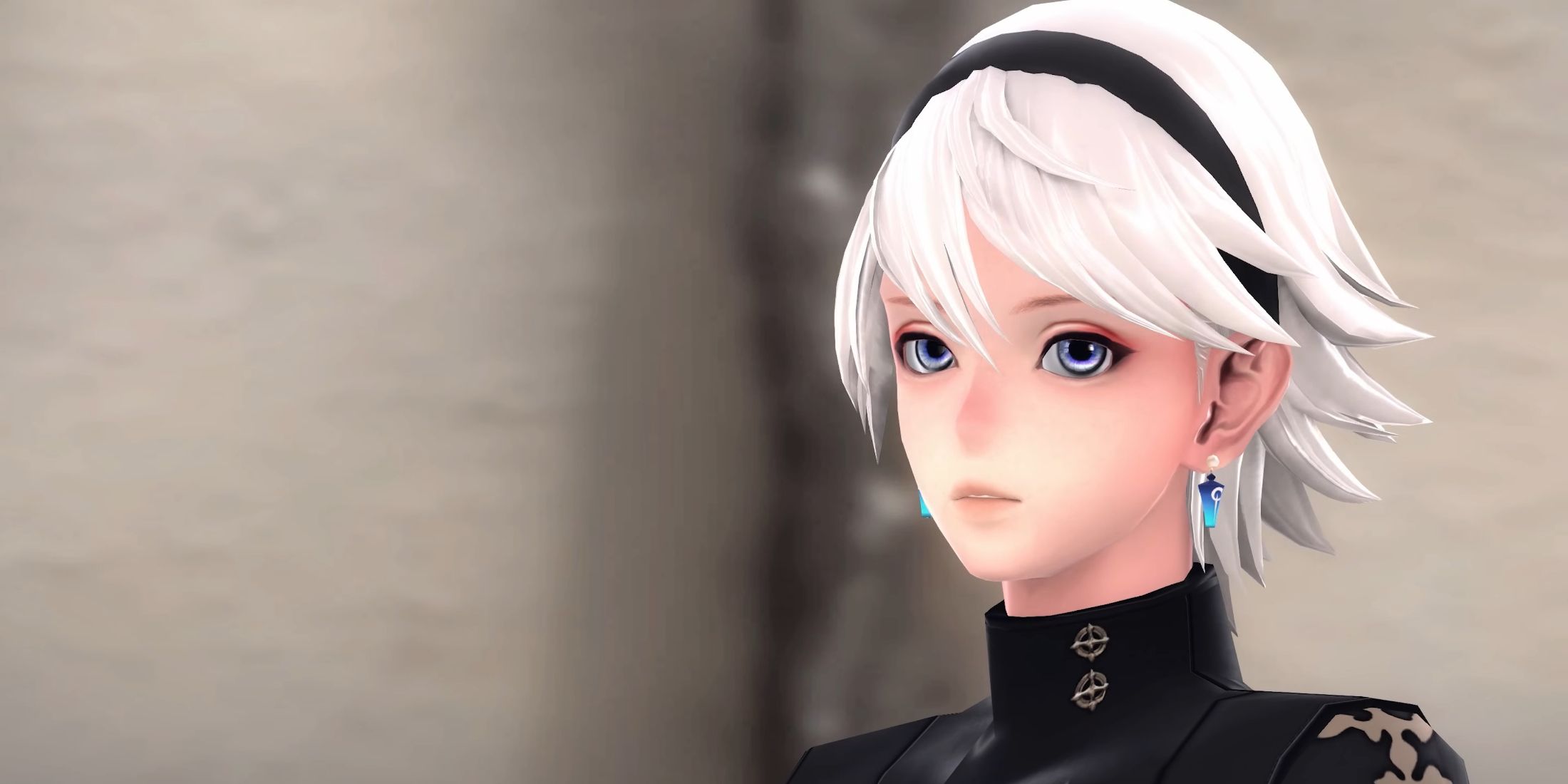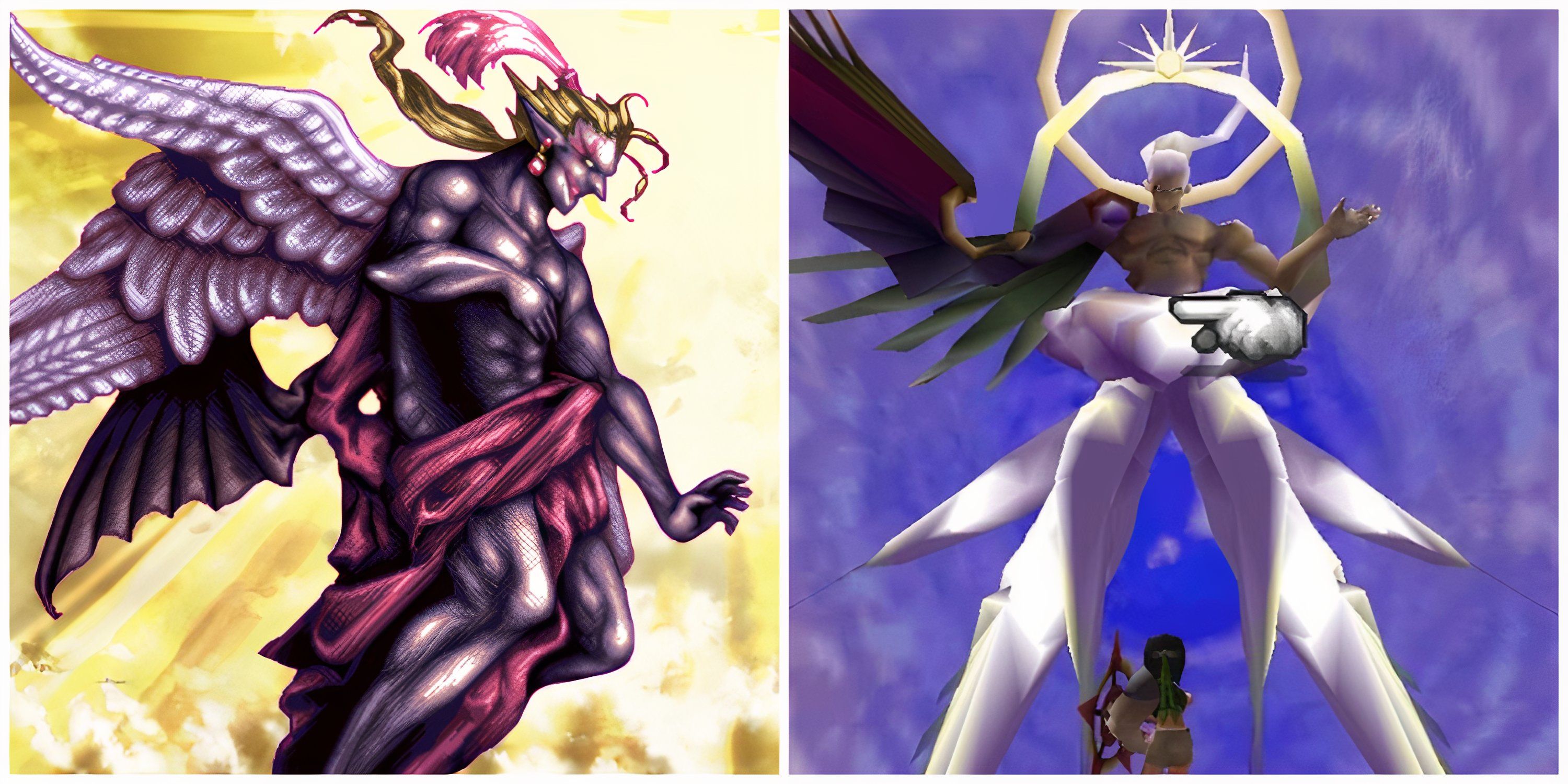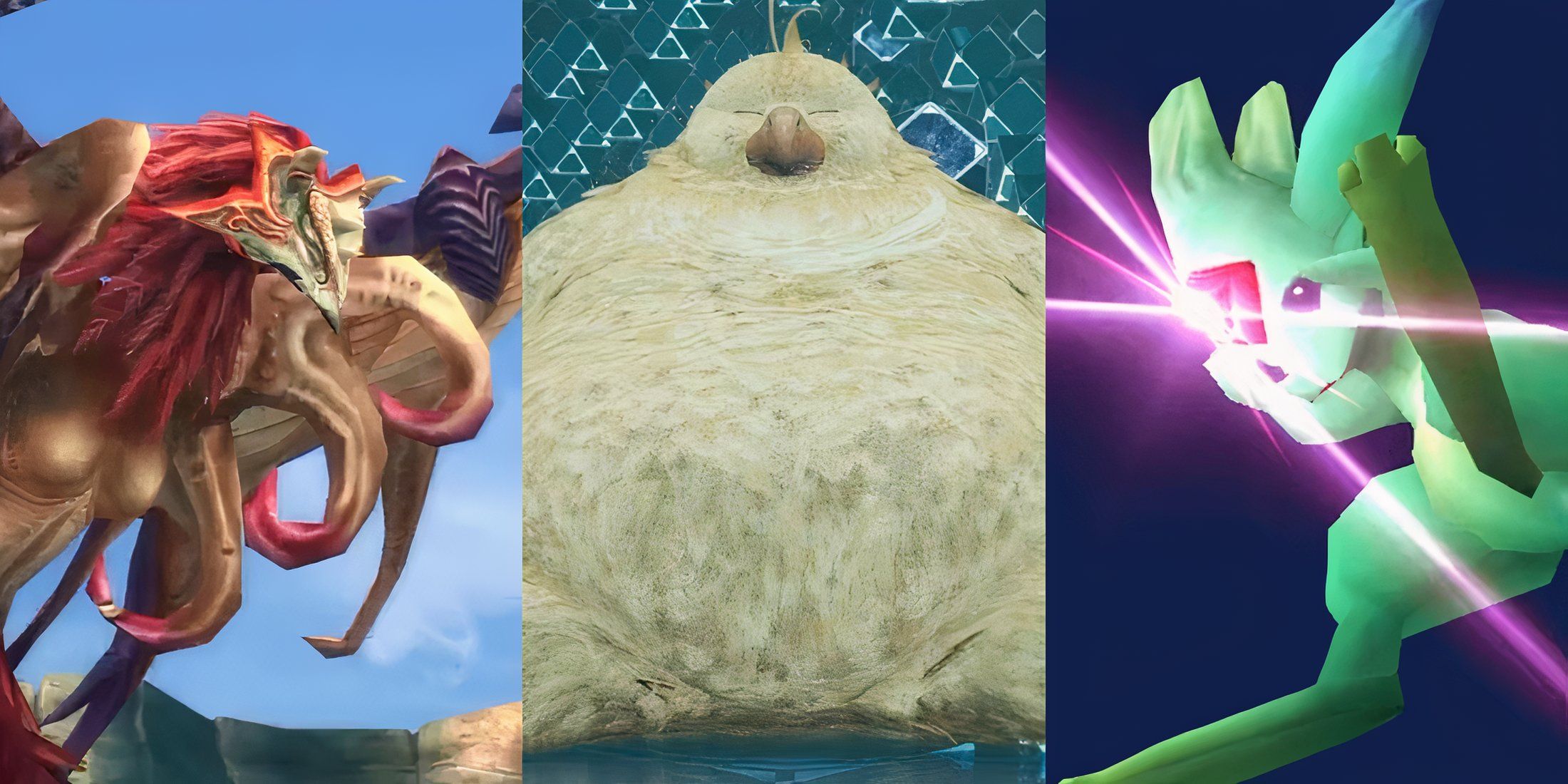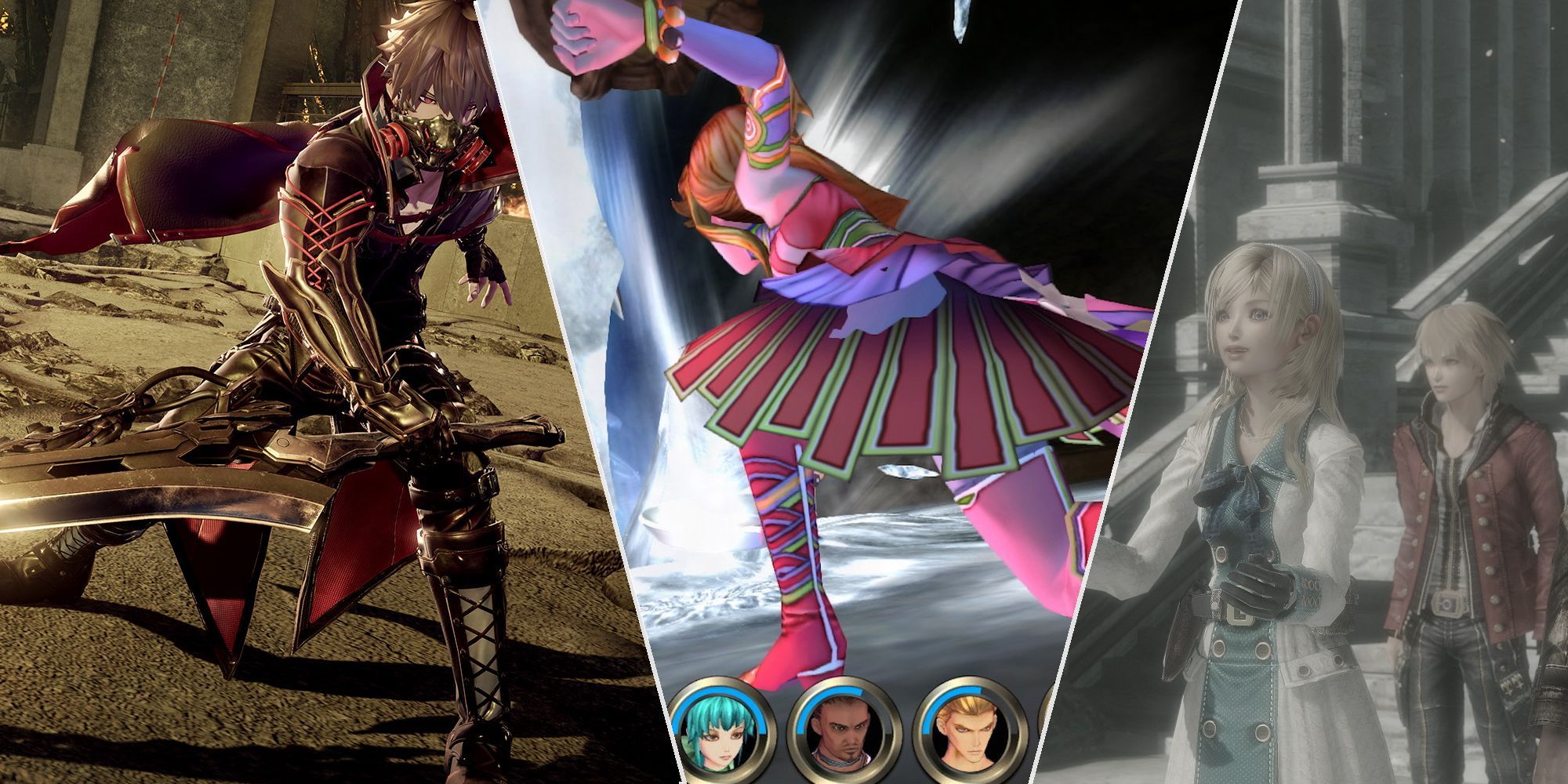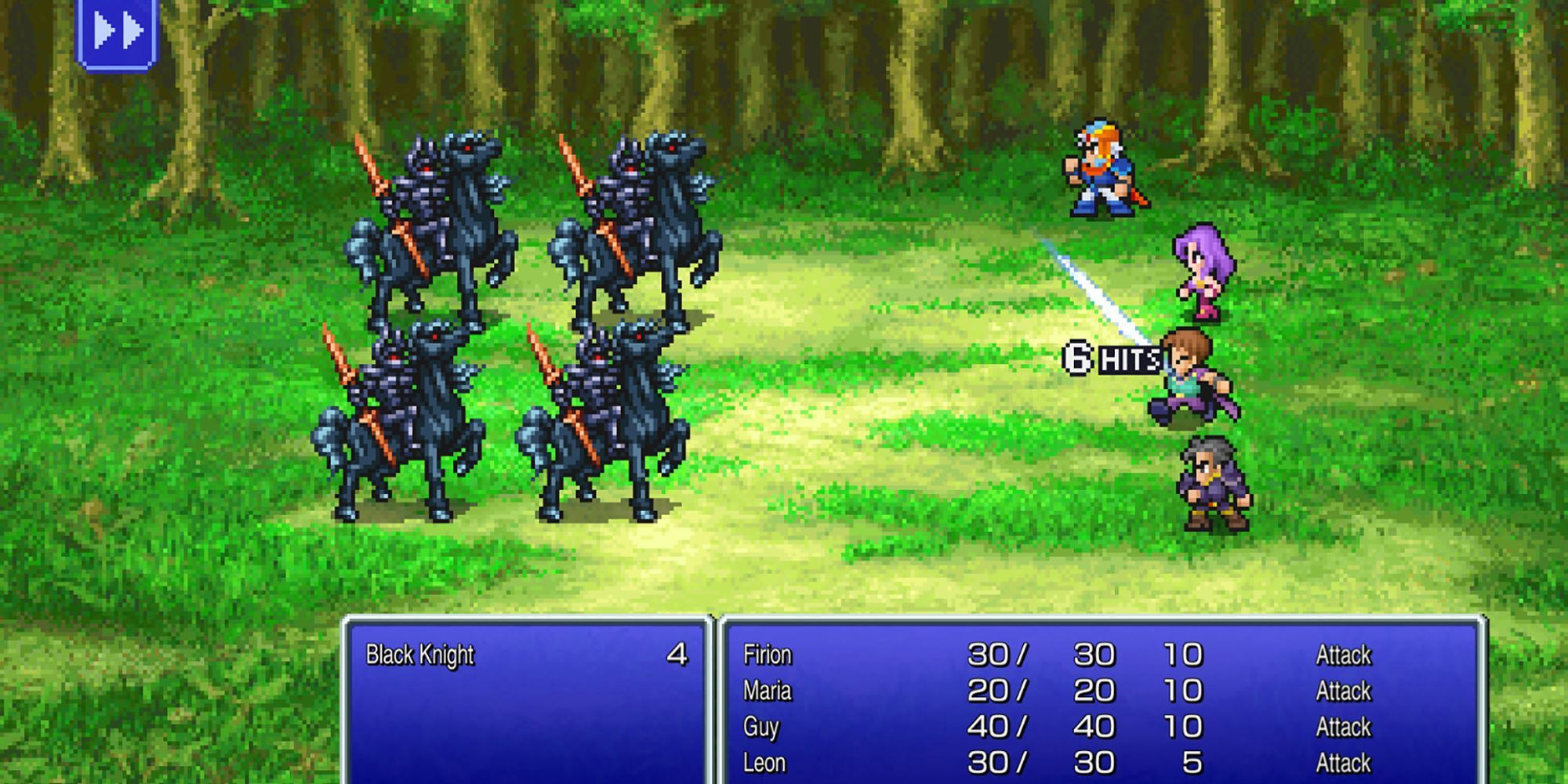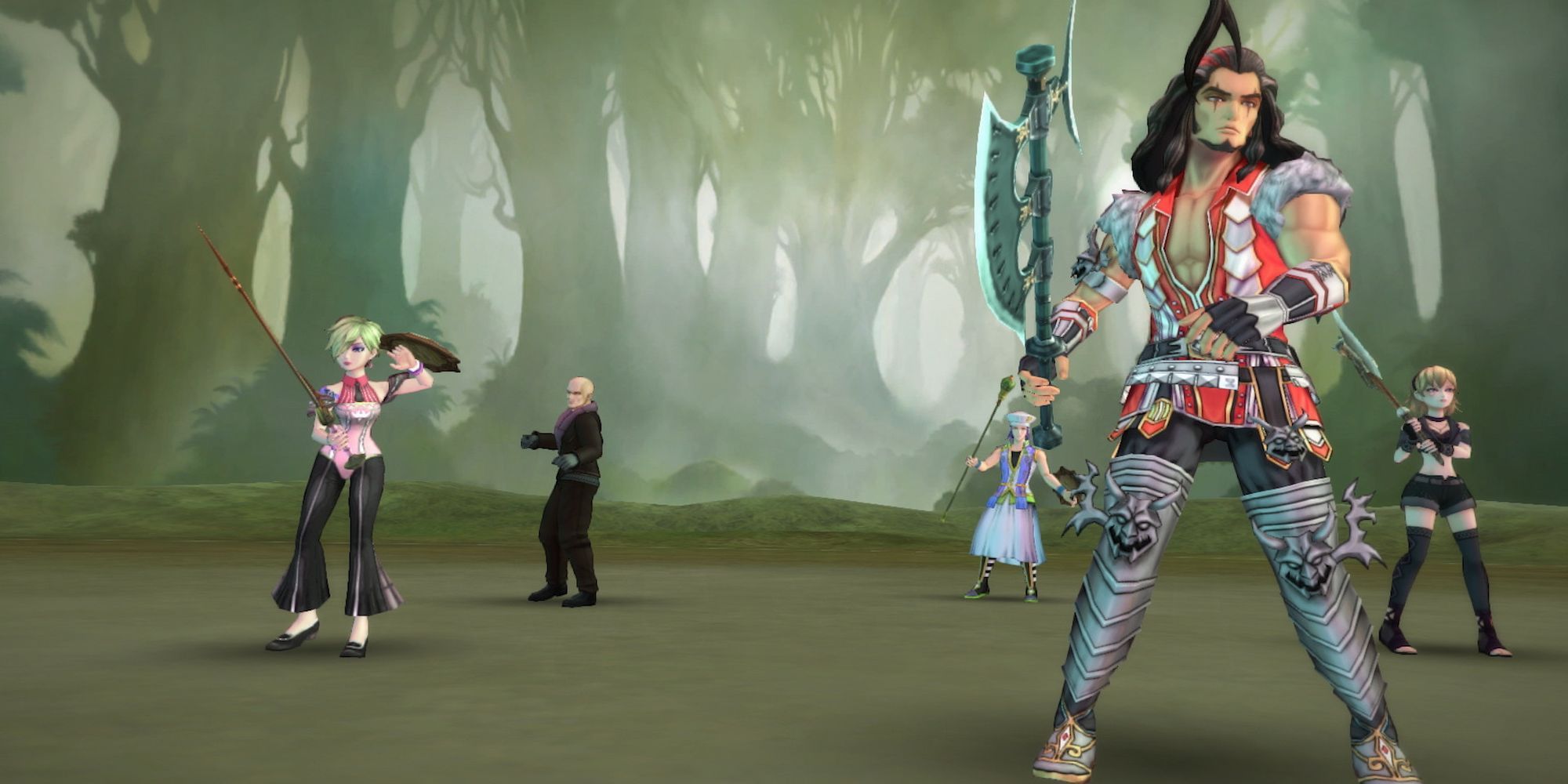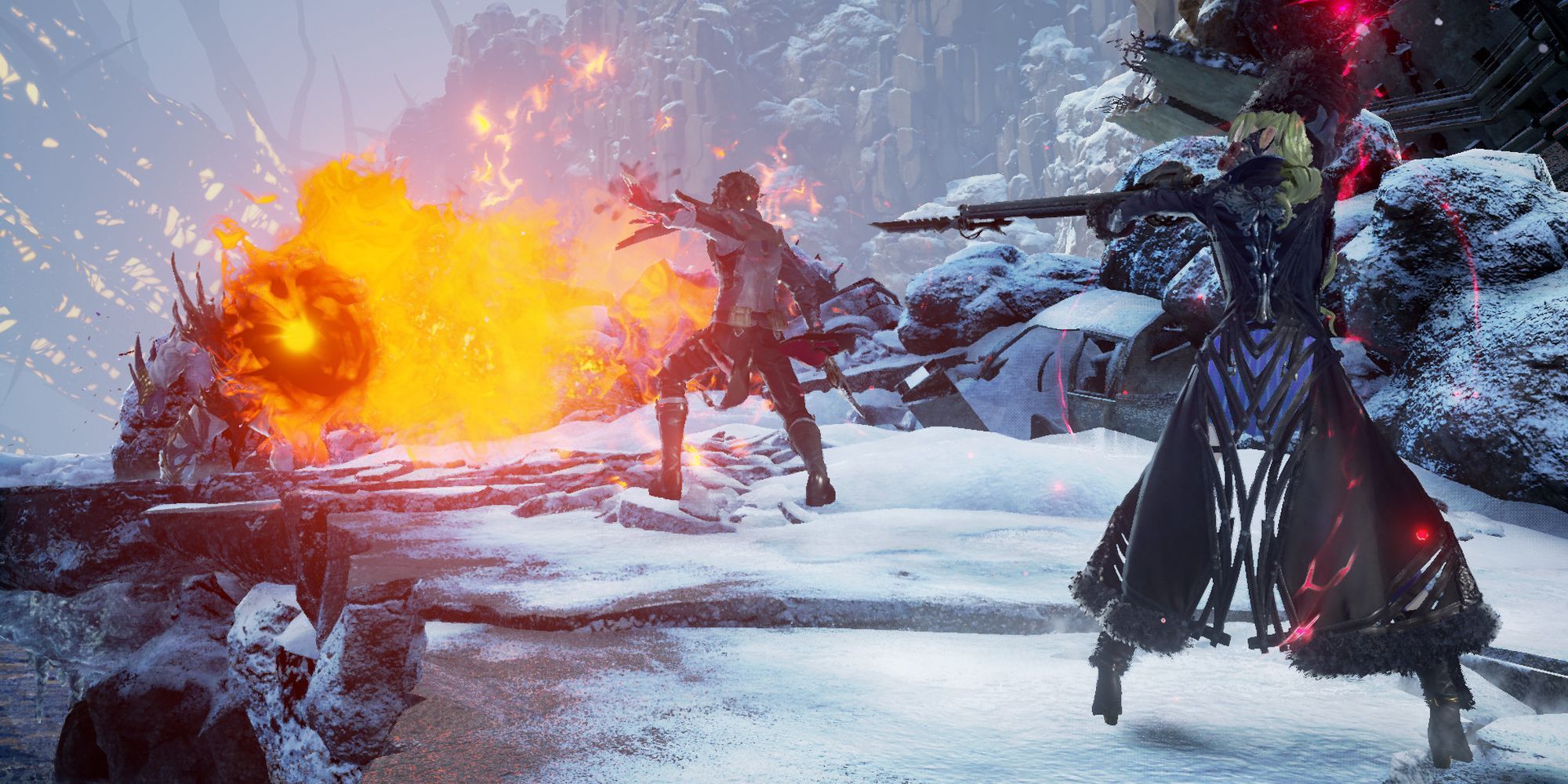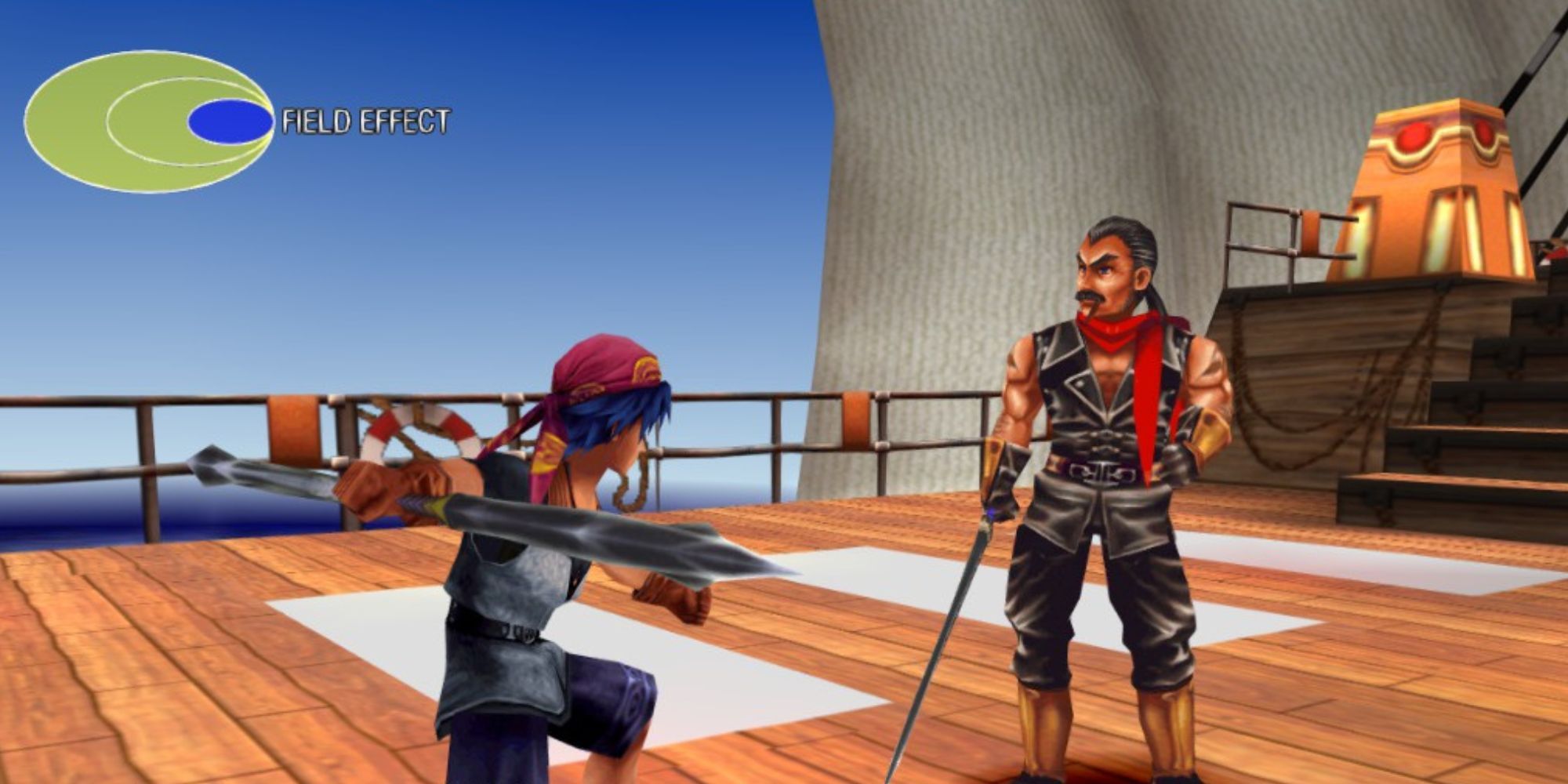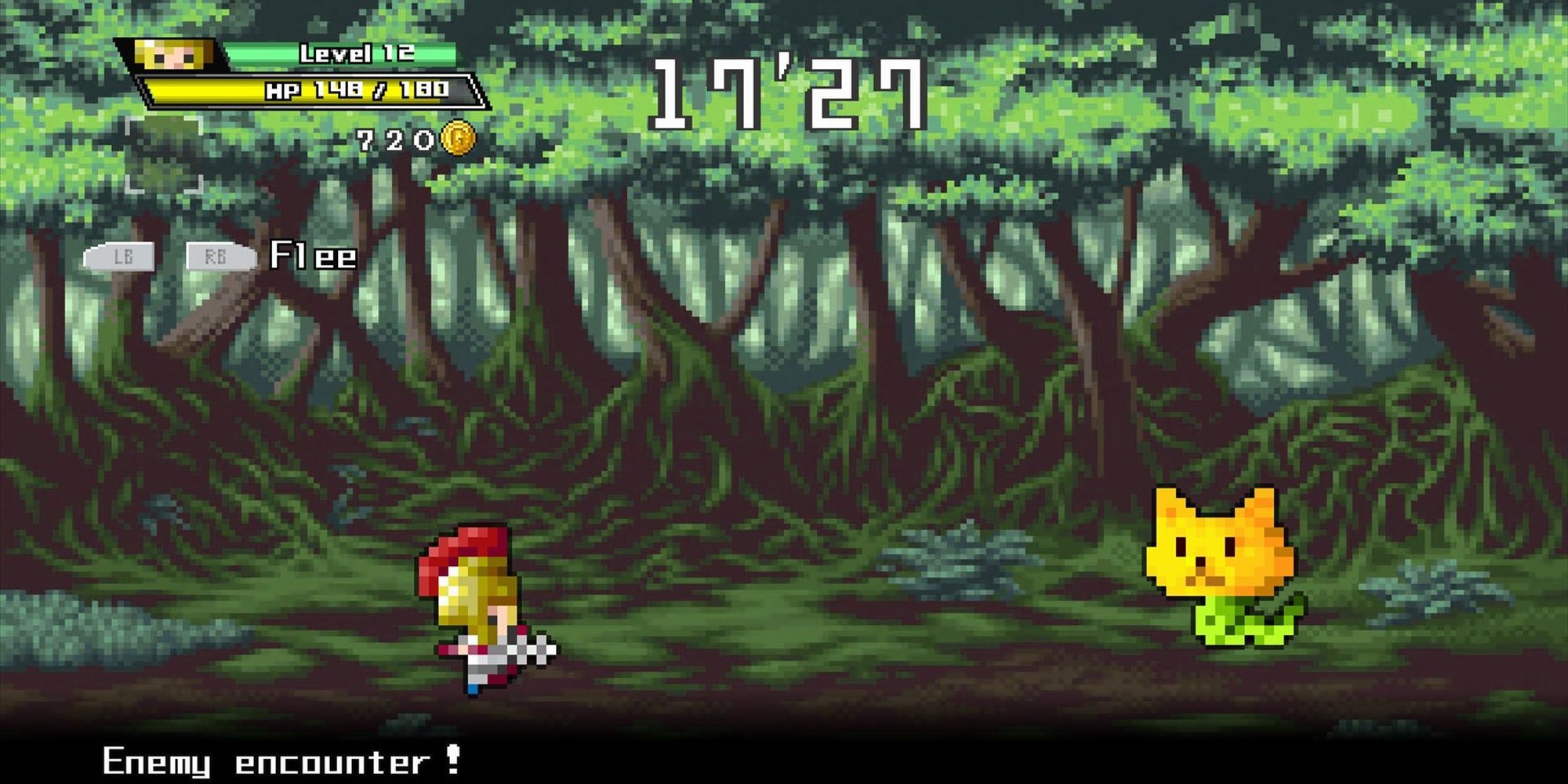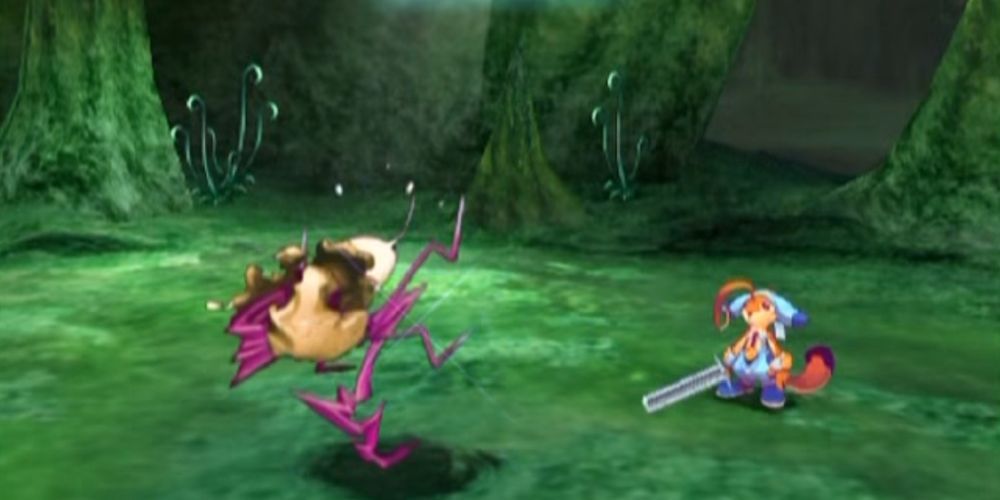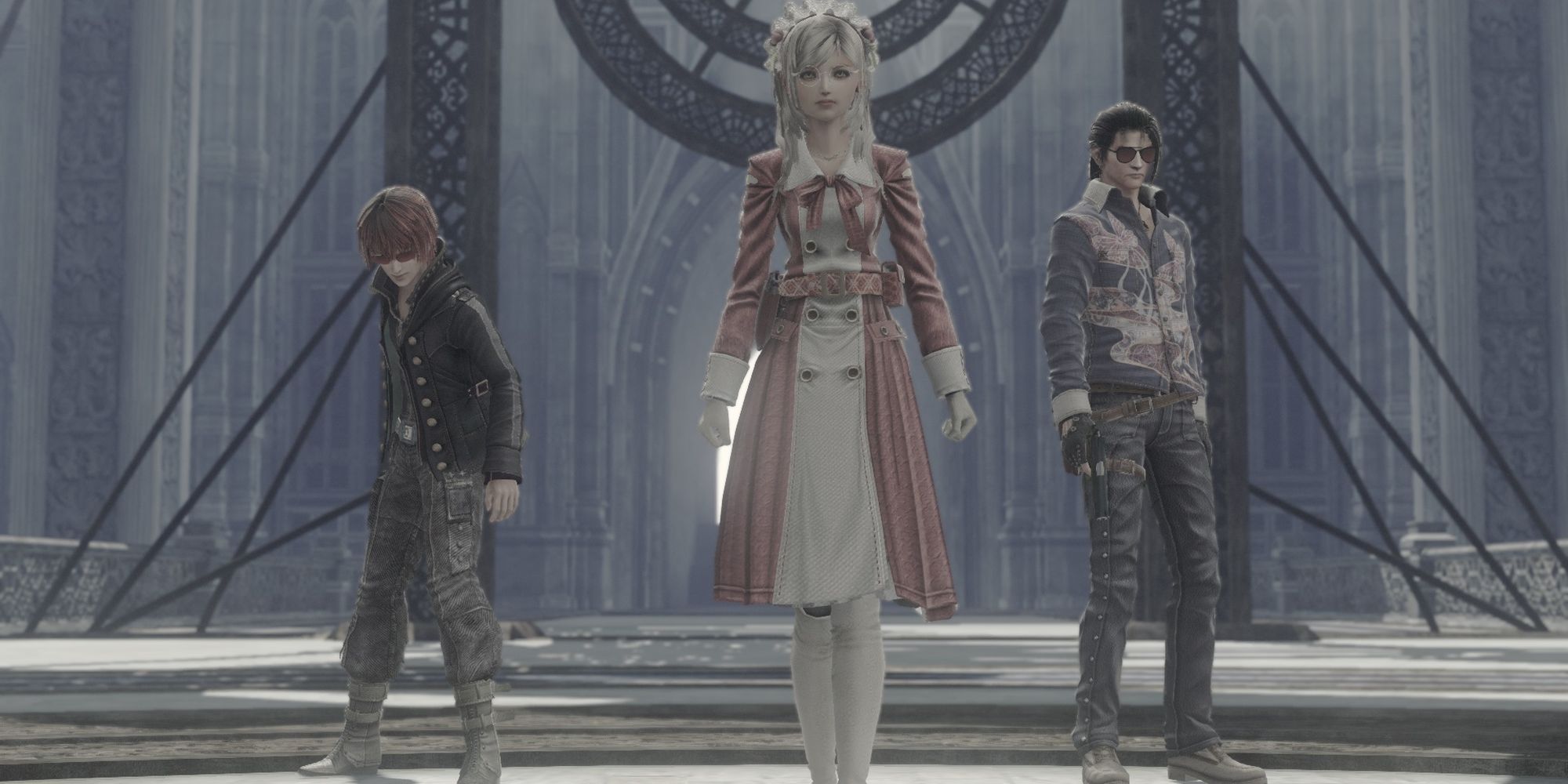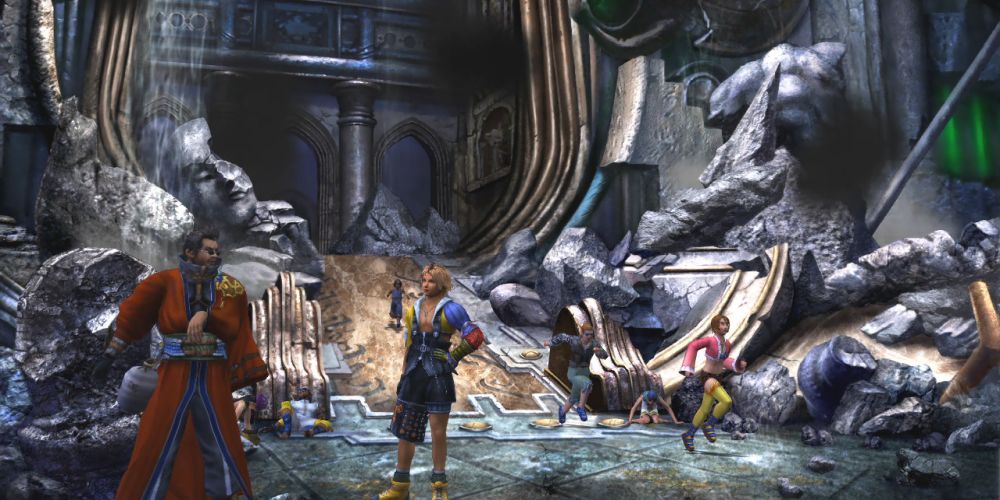For many years, RPGs from Japan and elsewhere have explored a wide variety of different systems for advancing character power over the course of play. Generally speaking, while there are often more complicated mechanics going into what allows a character in a given JRPG to learn new skills and gain new abilities, the primary mechanism for advancing power has been levels. Accumulate sufficient experience points from killing enemies and the character level goes up, and the character becomes stronger accordingly.
Rather than simply changing the mechanics of how players gain abilities, however, some games go even further and split away from having strict level-up systems altogether. While characters still gain power over time by emerging victorious in numerous battles, the mechanism is not simply accumulating experience points and then becoming stronger, instead asking players to engage with other means of raising abilities aside from direct grinding.
8 Final Fantasy 2
Originally released in 1988, Final Fantasy 2 was an early example of how creative character advancement could be in games because of its mechanics. Unique within the series as a whole, Final Fantasy 2 has character stats go up (or rarely even go down) based on what actions the character took during combat.
While the system was unique, it did run into one particular problem that has never been fixed: because the stat modifications are tied to actions rather than utility of same, it's possible to grind up to insanely high levels right outside of the starting town in the game with the three consistent party members by having them attack themselves and then heal, rendering the remainder of the game trivial to defeat. "Unique" does not always mean "superior."
7 SaGa: Scarlet Grace
The ideas behind FF2 went on to inform the SaGa franchise of games, which was first released in 1989 and has continued irregularly since then. SaGa: Scarlet Grace is the most recent installment of the franchise, and like many other games in the series it does not feature a standard leveling system, instead relying on players taking actions in combat and watching stats and skills grow accordingly.
The lack of a straightforward leveling system is not a universal element of these games, with some others having a straightforward set of player levels, although all use a skill-based and abstract system of advancing character capabilities. Like many other games in the franchise, large parts of the game can also be missed if a player happens to never come across them, encouraging replays and experimentation.
6 Code Vein
Dark Souls and its imitators have always occupied an interesting space, being partly like JRPGs and partly not, but Code Vein clearly occupies an even more JRPG-like state than its fellow soulslike titles along with a unique world setting. This game does feature a level system for measuring power, but it's not gated by steadily defeating enemies but via the expenditure of the game's primary currency.
Rather than directly investing in stats, players of Code Vein spend currency to raise their level, which in turn affects the player character stat based on the particular job that players are utilizing at that time. The result is that players can swap builds simply by swapping jobs, but it also means that grinding experience is not an element of the gameplay.
5 Chrono Cross
The original Chrono Trigger made use of a standard leveling mechanic, but Chrono Cross (which is available on the Switch) went an altogether different route in nearly every element of its design. One of those changes is down to how character advancement works, with characters receiving stat increases from successful battles... based on a player's overall progression through the game's story.
Each time a player defeats a boss, another star is added to a running total kept throughout the game. Each new star makes a character eligible for a new round of stat improvements through fighting in battles, and if the recruits one of the many characters late in the game said character can get several stat increases back to back, but only up to the limit of the stars accumulated so far. This puts a hard cap on grinding; past a certain point, characters can advance no further, forcing characters to take on bosses at intended levels of power.
4 Half Minute Hero
From a technical standpoint, Half Minute Hero does indeed feature a leveling system. The whole conceit of the game is that the world is going to be destroyed in 30 seconds, necessitating that players go through the process of leveling up and advancing within those 30 seconds. Of course, this is exceedingly difficult to do... and more likely than not the hero will fail, requiring time to be reset so that the player gets another shot at victory.
Permanent improvements are possible by finding equipment upgrades, which persist and improve a player's ability to manage the challenges of the various missions. Levels, on the other hand, are constantly reset and must be re-attained, making the item upgrades the actual level system while the levels are merely temporary power-ups.
3 Unlimited Saga
Many games with levels feature some form of randomness, with level-ups often having slightly randomized actual stat increases. Unlimited Saga does not work like that. Rather, it works through an arcane and difficult-to-understand system of Growth Panels, along with various increases to stats coming at the end of successfully completed quests.
Similar to the game's ornate Reel system for every single attack and ability, Growth Panels are at least theoretically built to allow players control over character builds but in practical terms are intensely difficult to explain or understand and require extensive guides to explain. While the system does have its charms, there's a reason why the game was exceedingly poorly received when it came out and has remained somewhat obscure.
2 Resonance of Fate
Resonance of Fate is more than just a JRPG with a unique and likable battle system; it's also a game with a unique system for its leveling. Technically speaking, characters do have levels within this game, but that level is not directly determined by an experience counter. Instead, it's entirely down to a sum total of a character's weapon skills, so leveling up the character's arsenal determines their net level.
More to the point, the level is not a direct measure of power; a character at level 50 with the same weapons as a character at level 3 is going to have more HP, but will not deal any additional damage. Character growth is thus a matter of picking out weapons to level and skills to advance in. It was an underrated gem back in the day partly for this reason.
1 Final Fantasy 10
Clearing battles with Fiends in Final Fantasy 10 rewards characters with AP, which raises their sphere level. At first glance, that makes it sound like the game has a normal leveling system, except that all the sphere level allows a player to do is move a character's place along the expansive and ornate Sphere Grid, picking up a variety of stat increases as the character passes by various nodes on said grid.
While it's difficult to get a good sense of the entire grid from moment to moment, the system allows each character to start out with specialties but pick up abilities of others and never be locked into a rigid class or character-specific ability setup; everyone can, ultimately, learn all of the abilities and stat increases on the board. A given player can make spellcaster Lulu into a physical fighter and turn Wakka into the main healer if they so desire. It's a little silly to do so, but the whole fun of these systems is getting to do slightly silly things along the way while enjoying fantastic world-building.

